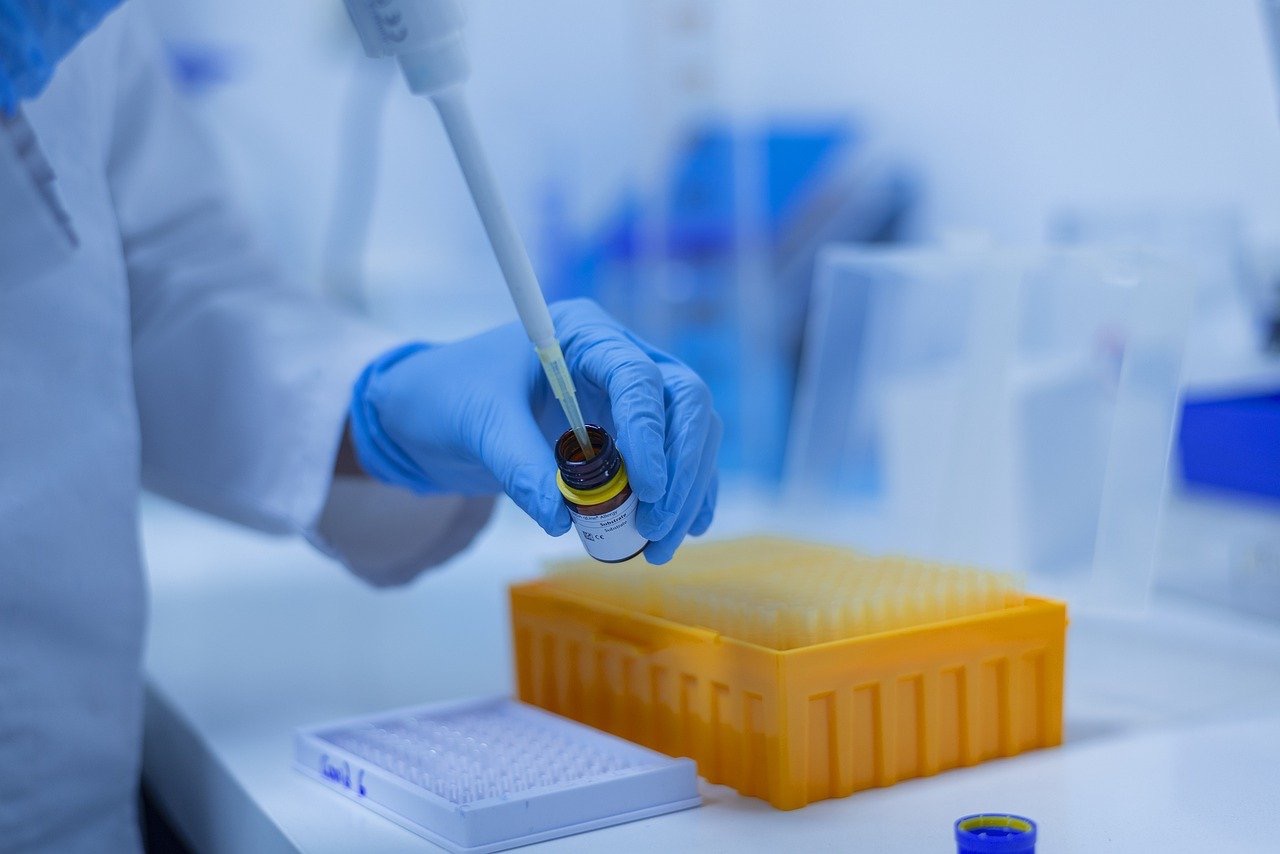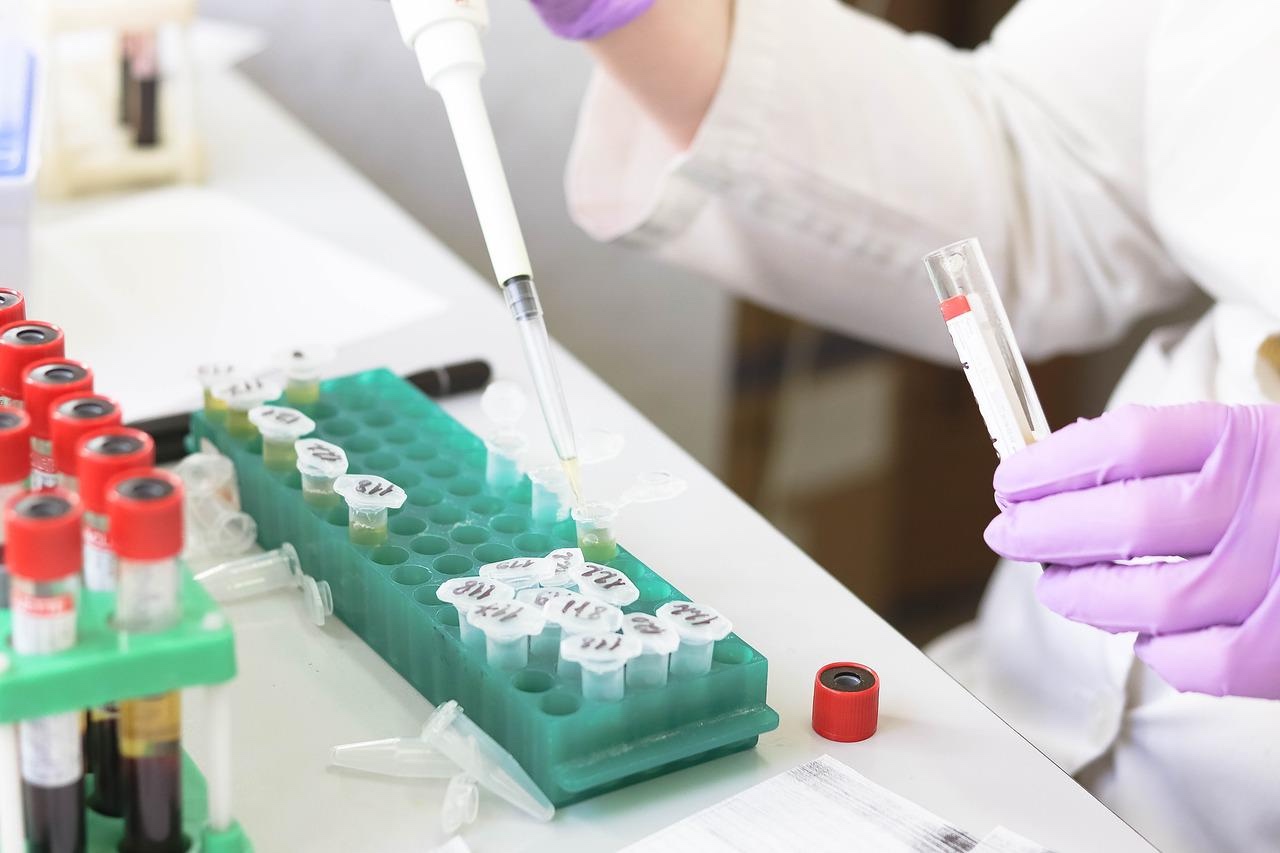E.coli produces a single polypeptide chain of IGF-1 lr3 without adding glycosylation. Recombinant strains of the bacterium Coli exist. Mammalian growth and development are dependent on the growth factors included in this molecule. According to studies, researchers show that sulfate absorption into cartilage may not be directly influenced by certain hormones. They do not affect the body since they are a serum factor called somatomedin. Researchers are working to determine the optimal amounts of these chemicals to mirror the body’s natural functions.
Protein Synthesis Effects in Rat Skeletal Muscles
Rats with chronic renal failure and sham-operated pair-fed controls were used to examine the effects of Receptor Grade IGF-1 LR3 on protein turnover rates and IGF-1 receptors in the skeletal muscle. The levels of IGF-1 in the blood, mRNA, and skeletal muscle of CRF rats were reduced, therefore postponing puberty. When the material is given to the epitrochlear muscles of CRF rats, they demonstrate inadequate protein synthesis and impaired inhibition of IGF-1 protein breakdown.
Resistance to IGF-1 binding proteins and proteinase inhibitors is referred to as “IGF-1 reluctance”. This study demonstrated that CRF rats’ skeletal muscles are resistant to IGF-1, inhibiting protein synthesis and decreasing IGF-1 levels in the body. The expression of IGF-1 LR3 mRNA will increase, while the activity of IGF-1R tyrosine kinase will decrease, showing that resistance is caused by post-receptor dysfunction.
Diabetic Rats and Potentials
Strep-induced diabetes in rats was tested by delivering IGF-1 in two forms known to have poor IGF protein binding, according to the study’s findings.
- The reference groups would be given either insulin or a vehicle.
- The nitrogen balance and growth rate will be affected depending on the use. When the maximal dosages of IGF-1 were employed, the body acquired 48.1 g of weight in seven days, while the vehicle gained 11.0 g in the same period.
- These two restored growth approximately three times as often as IGF-1. As a result, insulin-treated patients gained more weight than those given peptides, although it was primarily fat.
After administering medicine, researchers saw increased muscle protein synthesis and RNA production. Insulin treatment reduced glucosuria and excretion. Researchers believe that IGF-1 and its variants may help diabetic rats develop again.
Bioactive concentrations of IGF-1 LR3 vary from.2-20 ng in most applications, which are by the quantities seen in animals’ bodies in the natural world. However, greater doses are often used better to understand the effects of these chemicals on animal subjects.
Receptor Grade IGF-1 LR3 has several advantages.
IGF-1 LR3 is a well-liked peptide for bulking up, and it’s simple to see why. The most effective growth hormone in the body, insulin, is used by athletes to bulk up in the off-season. IGF-1 LR3, on the other hand, offers the same benefits as insulin with a lower potential for side effects. Treatment with IGF-1 LR3 peptides provides the following advantages.
- It speeds up the body’s calorie-burning process.
- Insulin sensitivity in the pancreas is restored.
- Weight loss via employing the body’s fat-burning systems.
- It increases libido and vigor.
- When it comes to muscle growth, it has a dramatic impact
- It improves the quality of sleep, hence enhancing its therapeutic properties.
- It is possible to lessen the sense of helplessness.
- Many reports see an increase in their general mental sharpness.








